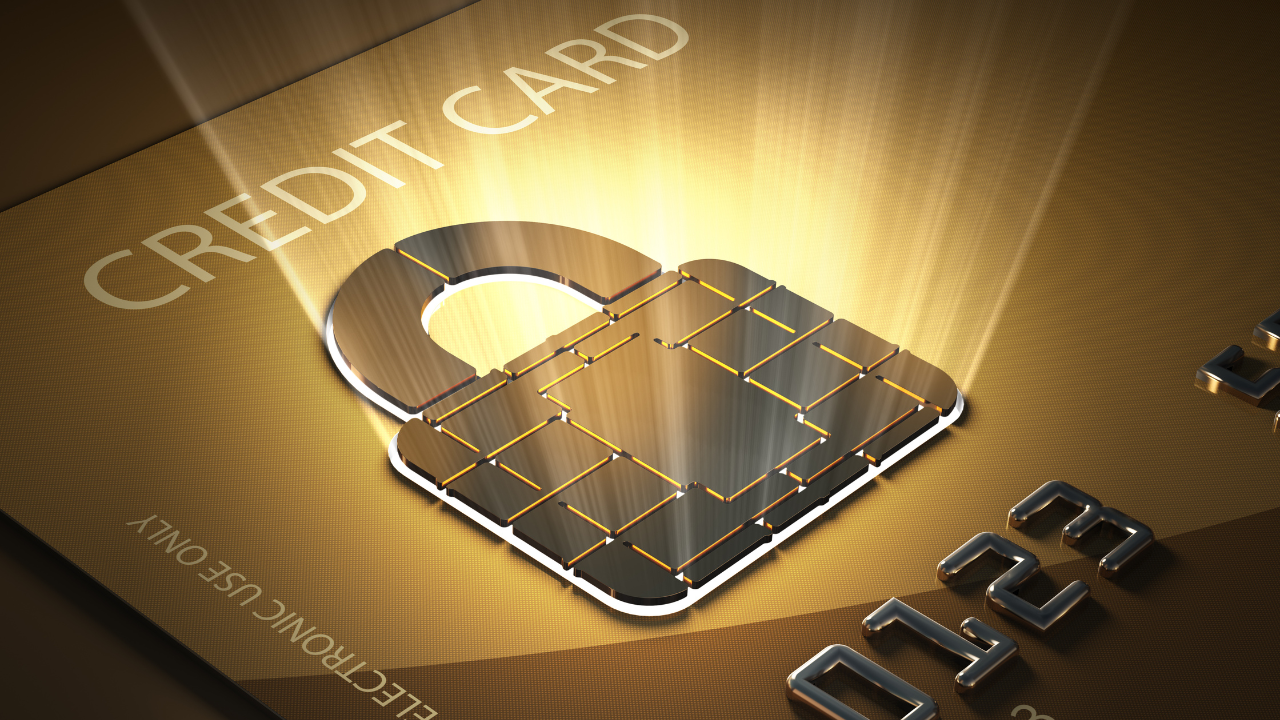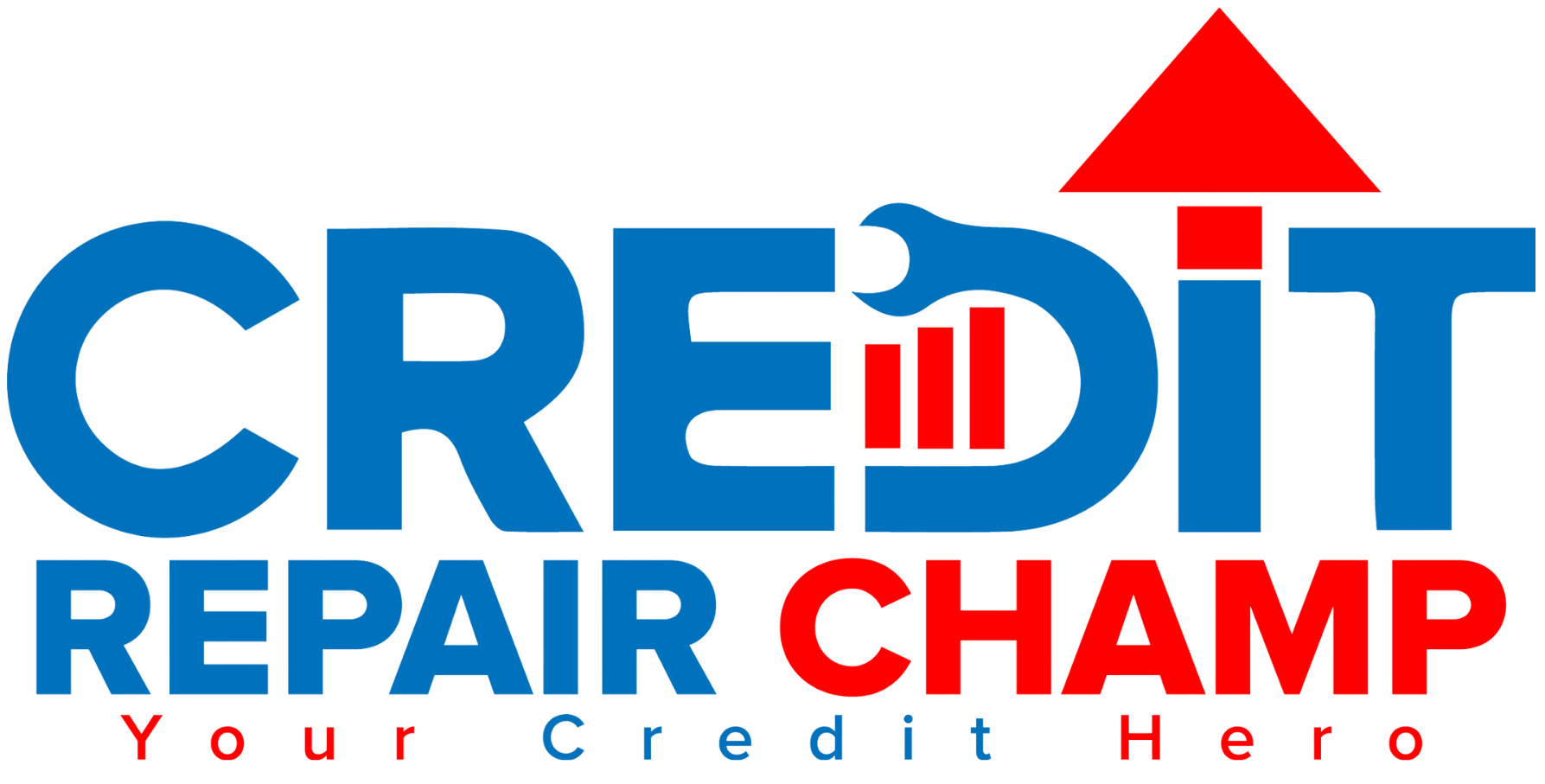Credit cards are a popular financial tool that can help you build credit, make convenient purchases, and manage your finances. When exploring credit card options, you’ll come across two primary types: secured and unsecured credit cards. In this blog, we’ll delve into the differences between secured and unsecured credit cards, how they work, and which one may be the right choice for you.

Secured Credit Cards
- Definition and Features: Secured credit cards require a cash deposit as collateral, usually equal to the credit limit. The deposit acts as security for the credit card issuer, reducing the risk associated with lending to individuals with limited or poor credit history.
- Building Credit: Secured credit cards are a valuable tool for establishing or rebuilding credit. Responsible use and timely payments can help improve your credit score over time.
- Potential Drawbacks: Secured credit cards may have higher interest rates, annual fees, or application fees compared to unsecured cards. The deposit tied to the card is usually not accessible until you close the account or upgrade to an unsecured card.
Unsecured Credit Cards
- Definition and Features: Unsecured credit cards do not require collateral or a cash deposit. The credit limit is determined by the card issuer based on your creditworthiness and income.
- Creditworthiness and Approval: To qualify for an unsecured credit card, you typically need a good credit score and a stable income. Lenders assess your credit history, income, and other factors to determine your creditworthiness.
- Benefits and Rewards: Unsecured credit cards often come with various benefits, such as rewards programs, cashback offers, travel perks, and introductory 0% APR periods.
- Potential Drawbacks: Unsecured credit cards may have higher interest rates compared to secured cards. Additionally, missed or late payments can negatively impact your credit score.
Choosing the Right Card for You
- Assess Your Credit Situation: Consider your current credit history and financial goals. If you have limited credit or need to rebuild credit, a secured credit card may be a suitable choice. If you have a good credit score and can manage credit responsibly, an unsecured credit card may offer more flexibility and benefits.
- Research and Compare: Review the terms, fees, interest rates, rewards programs, and additional benefits of different credit card options. Compare various secured and unsecured credit cards to find the one that aligns with your needs and financial situation.
Here are some additional resources and links for further information
Conclusion
Secured and unsecured credit cards offer different benefits and considerations. Secured cards provide an opportunity to build or rebuild credit, while unsecured cards offer greater flexibility and rewards. Assess your credit situation, research card options, and choose the card that aligns with your financial goals and credit needs. Remember to use any credit card responsibly, making timely payments and keeping your balances low to maintain good credit health.


